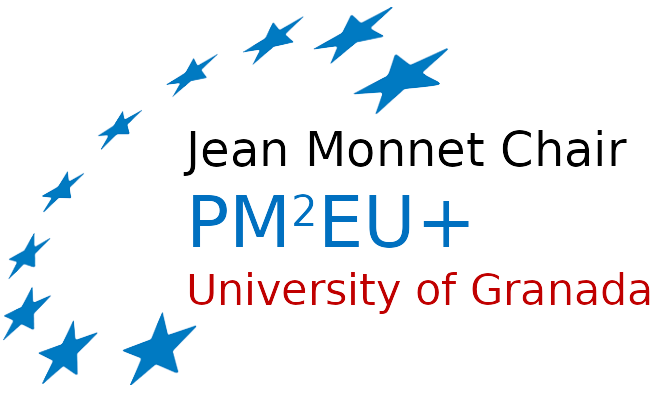Steps
- Identify the change: The purpose of this step is to identify and document change requests.
- Assess the change and recommend action: The purpose of this step is to a) assess whether this request is indeed a project change, b) consider the impact of not implementing the proposed change, c) estimate the size of the identified change based on its impact on the project objectives, schedule, cost and effort, and d) prioritise the implementation of the change request in relation to other change requests.
- Approve the change: The purpose of this step is to reach a decision regarding the approval of the change. There are four possible decisions: approve, reject, postpone or merge the change request. The decision details are documented in the Change Log and communicated to the requestor.
- Implement the change: For approved or merged changes, the Project Manager (PM) should incorporate all related actions into the Project Work Plan and update the related documentation.
- Control the change: The purpose of this step is to monitor and control project changes so they can be easily communicated to the various project layers for approval or status updates.
Change Propossal 01
The working conditions arising from the COVID-19 pandemic is an opportunity to work with other institutions and stakeholders. This requires changing the PM2 Talks model in order to be able to work in a more flexible way (in terms of duration and scope).
Proposal
Holding webinars tailored to different interest groups can be a good solution that more than achieves the objectives of the Chair. In order to keep the duration of the activity similar to the initial proposal, it proposes to hold at least three webinars a year. The organisation of each of the webinars will be adjusted to each of the stakeholders. We will use the social networks or the teaching tools of the University of Granada.
In any case, the Chair will have prestigious speakers in each case and all the documentation related to the activity will be published in open and free format on the institutional website of the Chair.
https://catedras.ugr.es/openpm2/en/activities/pm2-talks
In order to use this Chair as a laboratory of the PM2 use, we have adapted and used the PM2 Change Artefats. In this case, the two artefacts are:
Once the proposal had been studied by the European Commission project managers, approval of the change was officially notified.

